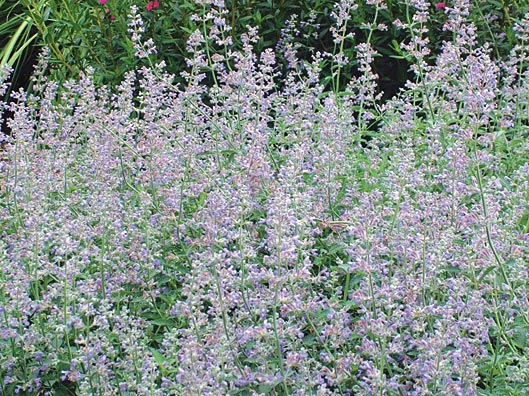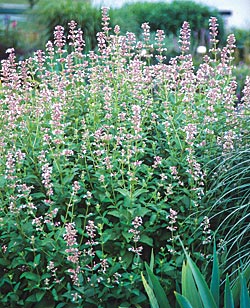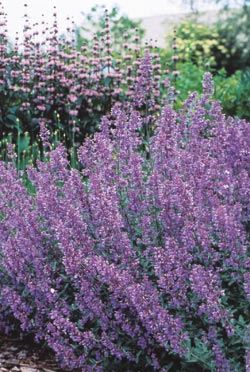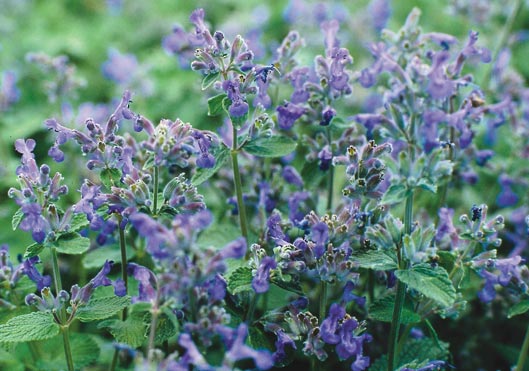I have a Japanese maple that has become a green tree rather than a red tree. The tree is planted on the west side of my home and gets a little sun, about an hour or two in the morning and by noon it is in full sun until sundown. The tree does have a little red on the tips of the leaves but looks nothing like our neighbor’s Japanese maple, or like it looked a couple years ago. Also, it looks like a bush and really grew quite a bit this year. Can it be trimmed a little? It has some branches that make it look a bit wild.
The ability of red-leaved varieties of Japanese maples to remain red throughout the growing season is very variable. It is nothing to be concerned about, and you are not doing anything wrong if your tree is otherwise healthy. The variability of coloring may be attributed to the characteristics of the specific variety and its exposure to light conditions. They have the best red color in a spot that is as sunny as the tree can tolerate. This is the point just before the leaves scorch.
Because named varieties don’t come true from seed, they are grafted to a species rootstock to ensure the same coloring and characteristics as the parent plant. Some varieties, like Acer palmatum ‘Atropurpureum,’ are bright red in spring and fall, but only tinged with reddish bronze during the summer months. Some go from fire-engine red to pinkish to green with red veins and petioles; others from purple-red to deep maroon, on to green and back to crimson in the fall. The color varieties are endless! Most likely your Japanese maple is a different variety from your neighbor’s.
Since your tree looks more like a bush, the growth may be coming from the rootstock. Examine your tree to determine where the green branches originate. If there are absolutely no original red leaves appearing on your tree, then it has responded to the dying back of the red-leaved grafted variety by sending up new growth from the base. The rootstock was not a red-leaf variety, as rootstocks are generally selected for their hardiness and vigorous growth, which you have already observed in the bushy green. With the sun and wind exposure of the plant site, and the more typical Michigan winter temperatures, the graft area may have been too stressed. Your choice is to prune what you have or remove it and start over.
Corrective pruning and training can be done at any time of the year, except when the sap is rising in early spring. Cuts should be made just beyond a pair of buds on the twig. Usually, this will then produce two side shoots. When removing a larger limb, like any other pruning, the cut should be made just above the branch collar, the ridge or line where the branch joins an older branch or stem. Major pruning should be done during the dormant season after the leaves have fallen, in October or November, well before the sap starts rising prior to leaf production in the spring. Fine, twiggy growth must be removed, especially from cultivars in the ‘Dissectum’ group. A tree that is too bushy invites insect and disease problems. Pruning is also important to properly display the plant’s structure. Part of the beauty of these maples is the trunk and limb structure and texture, especially during the winter months when the foliage is absent.




